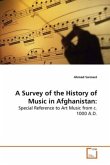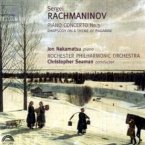In this doctoral dissertation, originally from 2001,
Björn Heile analyses Mauricio Kagel s groundbreaking
cycle Die Stücke der Windrose für Salonorchester
(1989-95) by relating it to Mikhail Bakhtin s theory
of dialogics and the postcolonial criticism of Edward
Said. In a wide-ranging study, which includes
in-depth investigations of primary sources such as
the sketch materials and an interview with the
composer, Heile develops a typology of cross-cultural
musical representation which serves as the framework
for a discussion of the different ways Kagel engages
with his source materials. Throughout, the author
moves between such issues as compositional technique,
aesthetic questions, such as Kagel s challenge to
traditional notions of authorship, and the
ideological implications of cross-cultural musical
representation, which are interpreted in the light of
recent discourses. By developing pioneering
methodological approaches tocross-cultural
composition, which has become a prominent feature of
contemporary Western concert music, the book serves
as a significant and innovative contribution to
current discourses surrounding the musical
representation of otherness .
Björn Heile analyses Mauricio Kagel s groundbreaking
cycle Die Stücke der Windrose für Salonorchester
(1989-95) by relating it to Mikhail Bakhtin s theory
of dialogics and the postcolonial criticism of Edward
Said. In a wide-ranging study, which includes
in-depth investigations of primary sources such as
the sketch materials and an interview with the
composer, Heile develops a typology of cross-cultural
musical representation which serves as the framework
for a discussion of the different ways Kagel engages
with his source materials. Throughout, the author
moves between such issues as compositional technique,
aesthetic questions, such as Kagel s challenge to
traditional notions of authorship, and the
ideological implications of cross-cultural musical
representation, which are interpreted in the light of
recent discourses. By developing pioneering
methodological approaches tocross-cultural
composition, which has become a prominent feature of
contemporary Western concert music, the book serves
as a significant and innovative contribution to
current discourses surrounding the musical
representation of otherness .








